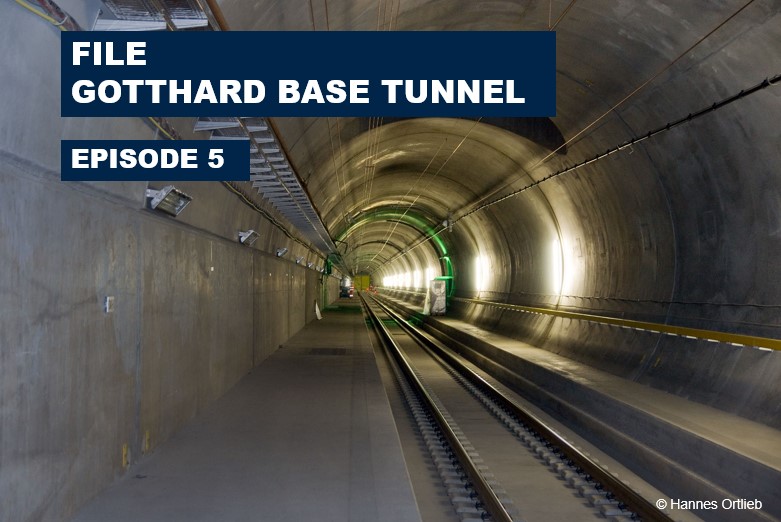
Gotthard Base Tunnel (#5): Too early to assign blame and liability
According to the main edition of the SRF Tagesschau news programme from 27 August 2023, the Federal Office of Transport (BAV) views SBB Cargo as solely liable for the consequences of the freight train accident in the Gotthard Base Tunnel. The programme made reference to an oversight of the rail reform; prior to this, all freight wagons had to be sent to the Federal Railways for maintenance. We believe: It is too early for speculations, and certainly not in media with a nationwide audience. Such polemic does not help solve the problem in any way whatsoever. Only the report of the Swiss Transportation Safety Investigation Board (Sust) will establish clear facts – and create opportunities to respond appropriately.
Topics discussed:
- The state retains the upper hand in the rail market
- The rail reform did, in fact, reform liability law
- Wagon keepers are liable independent of fault
- Federal Council did not propose any legal changes
- Contractual provisions are public
- Responsibility must be assigned based on the Sust report
- Current liability rules are economically balanced
- Negative consequences of legal changes must be considered
The state retains the upper hand in the rail market
The federal government clearly assigns responsibility for the freight train accident in the Gotthard Base Tunnel to the SBB subsidiary SBB Cargo. A spokesperson for the BAV indicated on SRF Tagesschau on 27 August 2023 that the applicable liability law originates from the time of the Federal Railways. However, the times have not changed. The Swiss Federal Railways, SBB, still dominate the rail freight market. Only a few weeks ago, the Federal Council approved the renationalization of SBB Cargo. In response to the interpellation by FDP National Council Member Christian Wasserfallen, the Federal Council made clear that the private shareholders had not improved the (financial) situation of SBB Cargo.
The rail reform did, in fact, reform liability law
In the course of the rail reform, the international Convention Concerning International Carriage by Rail (COTIF) was amended to create a separation between infrastructure and operations. At the same time, SBB Cargo terminated the siding contracts. The monopoly privilege, which required that freight trains be sent to the Federal Railways for maintenance, was hereby abolished. Instead, the conditions for use of the freight wagons were standardised between the freight railway undertakings and the wagon keepers at the international level on the basis of COTIF in the form of a contract entitled the “General Contract of Use for Wagons (GCU)”. COTIF and the GCU set out more stringent liability rules than are preferred by the BAV with its reservations against internationally uniform industry solutions. Wagon keepers were in for an unpleasant surprise as they took over full responsibility for the future maintenance of their wagons: The SBB provided the wagon keepers with extremely sparse documentation on the condition and maintenance of their freight wagons by SBB Cargo up to the termination of the siding contracts. Since then, the wagon keepers have themselves been responsible for their wagons and have cleaned up the legacy from SBB.
Wagon keepers are liable for deficiencies on their wagons
With his comments on SRF Tagesschau, the BAV spokesperson gave the impression that private freight railway undertakings or wagon keepers are not liable for accident damage. This is not true. European and Swiss freight railway undertakings and wagon keepers have been liable since 2006, when the GCU was established, and these rules were further intensified in 2017. Today, freight railway undertakings are fundamentally liable for damages from accidents involving freight trains on the Swiss rail network regardless of their own culpability (strict liability). If the damages were caused by deficiencies on a third-party wagon, culpability is contractually assumed to lie with the respective wagon keeper. The freight railway undertaking involved can take recourse against the wagon keeper. The latter can only free itself from liability with respect to the freight railway undertaking by proving it was not at fault (reversal of the burden of proof). You can read more about this in our blog post “Gotthard Base Tunnel (#3): Current liability provisions are sufficient”.
Federal Council did not propose any legal changes
SRF news editor Christoph Leisibach stated that the Federal Council issued a report proposing measures for adapting the liability law, such as by increasing the liability of the wagon keepers. This statement is incorrect. In the BAV report from 21 June 2023 addressing postulate 20.4259 “Overall assessment of liability in rail freight transport”, the Federal Council presented options but explicitly declined a modification of the regulations.
Contractual provisions are public
Professor Frédéric Krauskopf was consulted by SRF Tagesschau as an expert. When asked whether SBB Cargo could assert (co-)liability on the part of the wagon keeper of the damaged wagon, Krauskopf referred to the contract between the two parties. As explained above, the relevant contract is the GCU. This contract is publicly available; in other words, it is also accessible to professors and public television networks. The GCU was adopted unanimously by SBB Cargo along with all other national railways in Europe.
Responsibility must be assigned based on the Sust report
We at VAP are intensively examining the question of who bears what fault for the freight train accident on 10 August 2023 and who must accept liability. This can only be answered precisely and within a reasonable timeframe after the Sust report is available.
Current liability rules are economically balanced
The wagon keepers must ensure that their wagons are approved and maintained according to the correspondingly applicable laws, regulations and binding standards. The freight railway undertakings accept the wagons in the trust that the wagon keeper has lived up to these obligations. They carry out all necessary inspections to ensure that the train can travel safely. The wagon keepers have no influence on the train departure. The freight railway undertakings independently decide on the type and manner of the inspections since they are also solely responsible for the operation of the train. It therefore makes economic sense for the freight railway undertakings to be primarily liable for their inspections prior to train departure and for possible consequences. If it is later determined that a deficiency on a wagon was the cause of the damage (such as in the case of wheel failure), the wagon keeper is liable to the freight railway undertaking for the resulting damages. This is the case unless the wagon keeper can prove that it is not responsible for the deficiency (reversal of the burden of proof). In road transport, the liability between the keeper of the tractor vehicle and the keeper of the trailer is regulated in exactly the same way.
Negative consequences of legal changes must be considered
An intensification of the already highly detailed liability provisions will not make rail freight any safer nor will it bring a single additional freight train onto the rail network. On the contrary. Whatever might be changed in the liability rules would have market consequences, such as in the form of higher leasing rates for freight wagons and, above all, more complicated and labour-intensive wagon handoffs from one area of responsibility to the next. This means that a poorly conceived, unilateral change in Swiss law could bring a sudden stop to the free access to 550,000 freight wagons from all over Europe that is guaranteed today by the GCU – to the detriment of the environment as well as the Swiss economy.

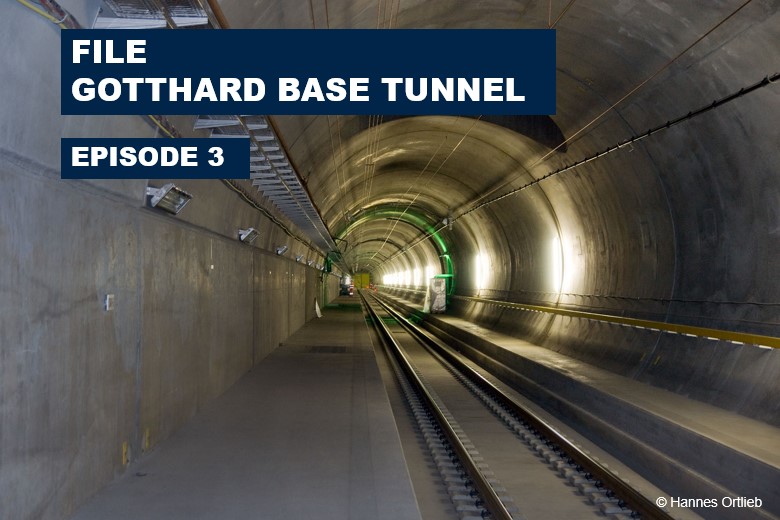
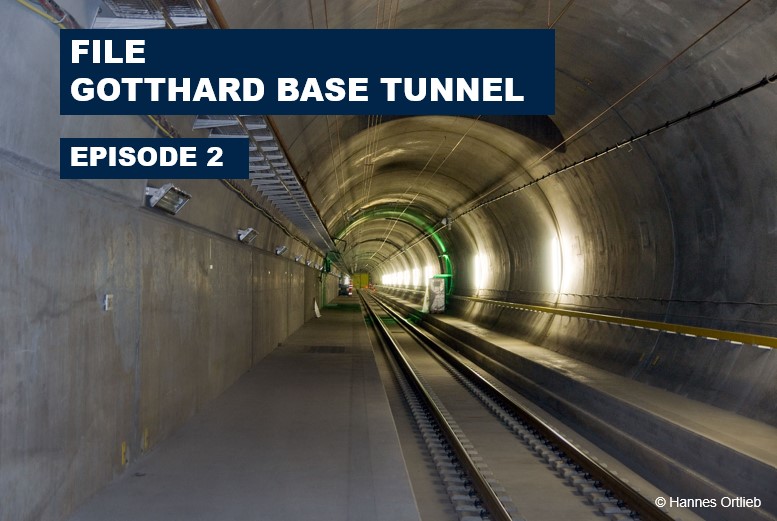
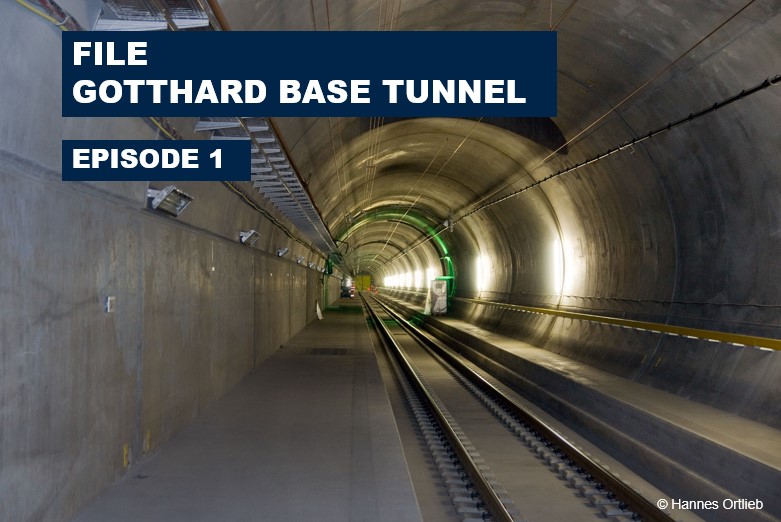

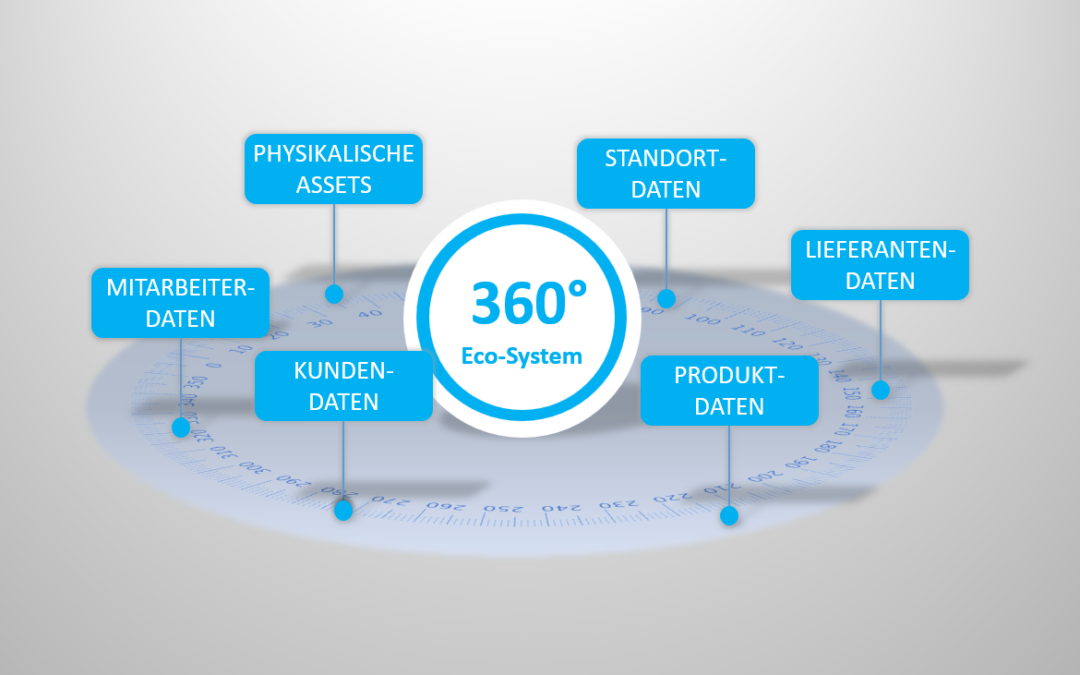
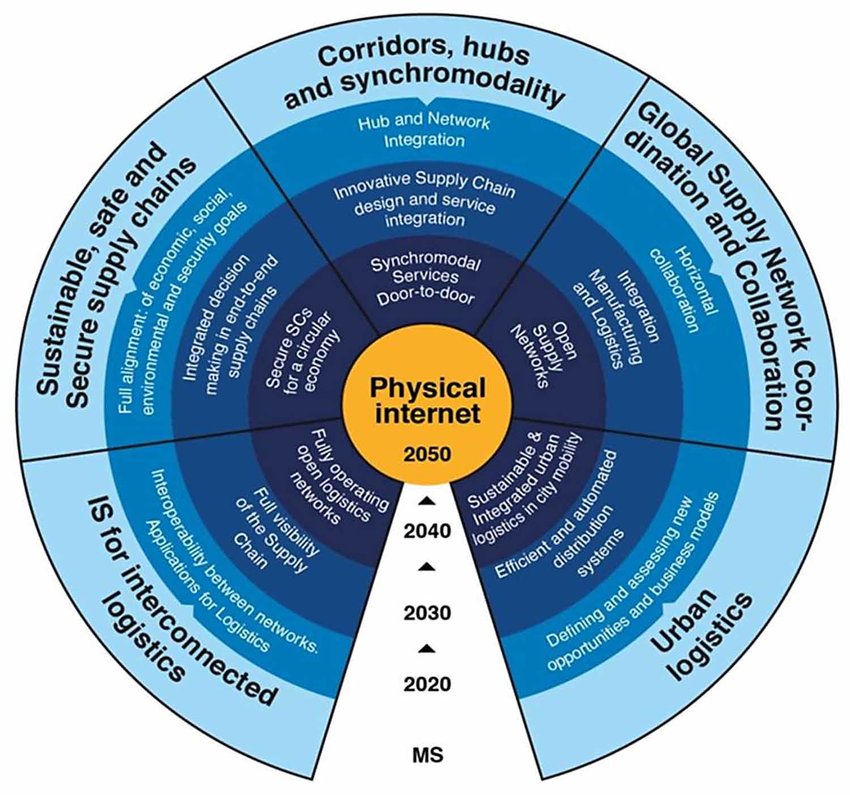 Figure 1: The vision of digital and operational interconnectivity covers highly challenging topics[/caption]
Figure 1: The vision of digital and operational interconnectivity covers highly challenging topics[/caption]

